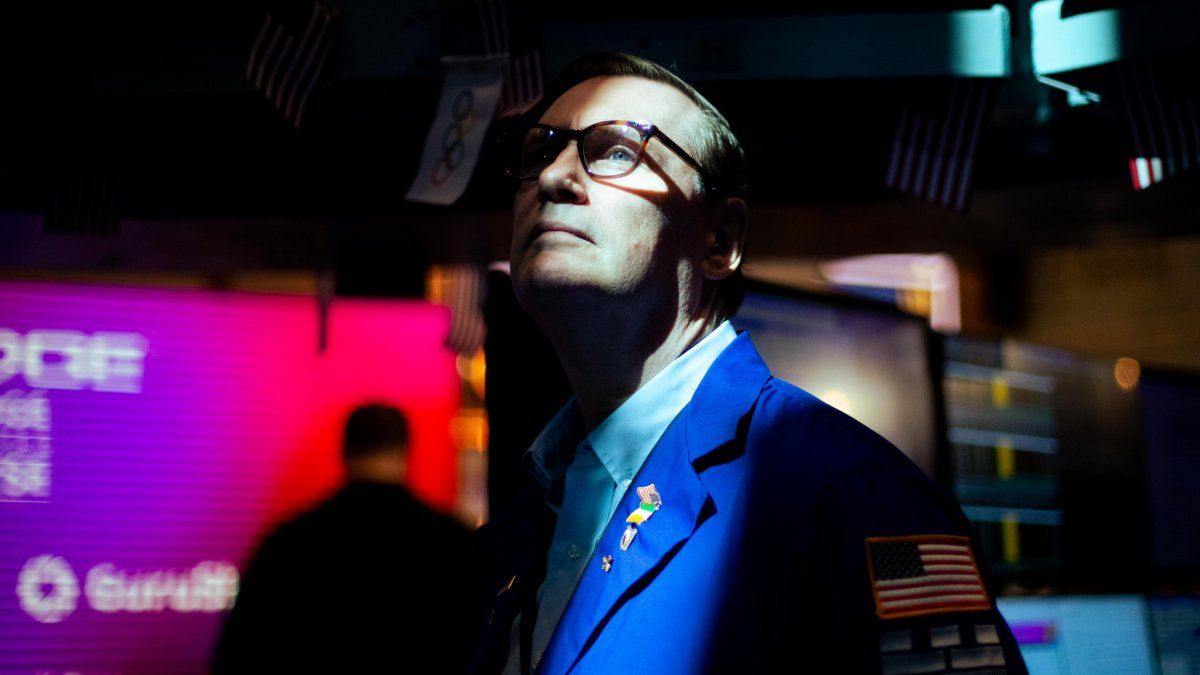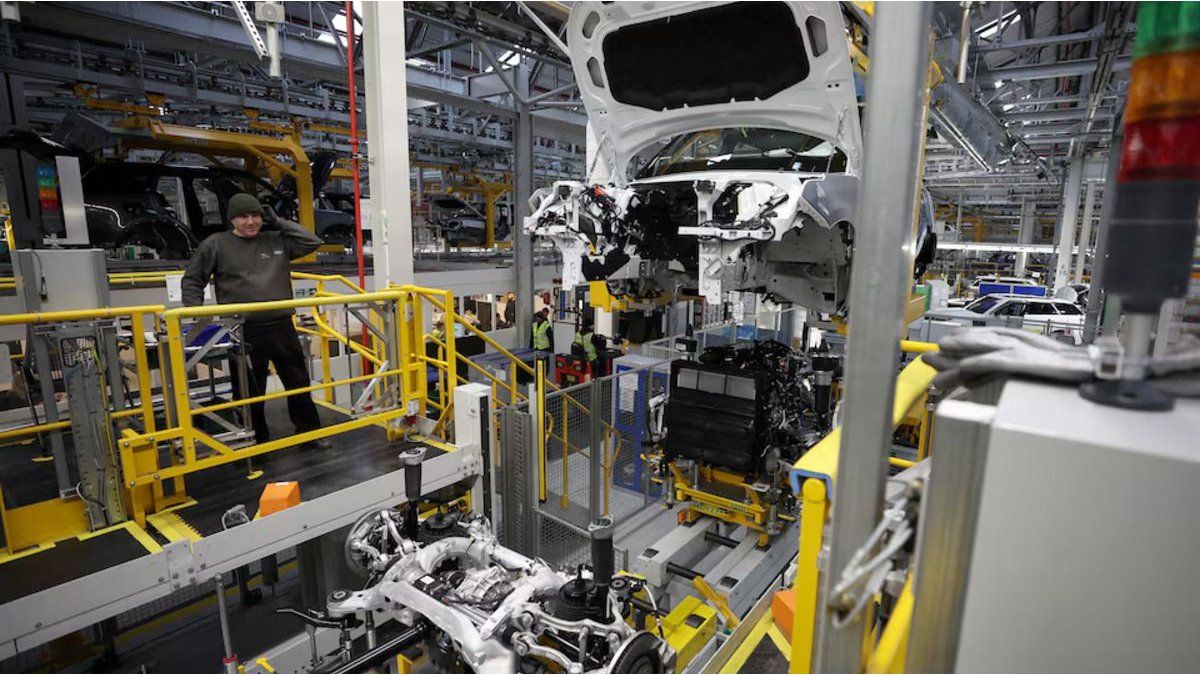Wall Street wants to know more: a fourth dose, a double dose or a suspension due to bad weather? This is, in any case, a planned (minor) surgery, not an emergency. The economy is in good health, but the labor market may be close to catching a cold.
At Jackson Hole, Jay Powell warned that the Fed has lifted its objections to beginning the delayed rate cut. But Wall Street wants to know more. Will it start with the standard quarter-point measure? Or will it prefer to inject a double dose? Will it be suspended due to last-minute bad weather? The decision is not set in stone. The FED will first exhaust the examination of all available data as of September 18 (That is why it rejected the motion of some of its members to trigger the cut in July). None of the three alternatives is ruled out a priori. Bostic and Barkin, two district presidents, say that more information – or a little less inflation – is needed to justify the pruning.
The content you want to access is exclusive for subscribers.
However, Fed Funds futures are clear. The bank will cut rates, come rain or shine. After learning the latest inflation, income and consumption indicators, a quarter of a point emerges as the most likely dose (70%). However, the possibility of debuting with half a point (30%) is not negligible (and three times higher than a month ago). However, no one is predicting a three-quarter point cut as requested by Wharton professor Jeremy Siegel on August 5, in the turmoil of Black Monday. This is elective (minor) surgery, not an emergency. And it can be repeated once or twice if necessary before the end of the year.


Inflation is no longer an obstacle to progress, even if the 2% target is not met. Its soft landing – after unforeseen turbulence in the first quarter – was confirmed in July. And this drift – with nominal interest rates stable since July 2023 – puts excessive strain on real rates. The consumption deflator – the central bank’s yardstick for evaluating its policy – climbed 0.2% (the same as consumer prices). Inflation over the last twelve months remained at 2.5% (the core version, 2.6%). It is one tenth lower than the official projection for the end of the year. And there is no urgency to match the target. In fact, the FED does not project it before 2026. When the meeting takes place on the 18th, retail inflation for August will be used to better define the fine-tuning. Nothing suggests that it will be very different from what was seen in June and July. And the last three months, annualized, are already below the 2% target.
Inflation, activity and working conditions
Inflation is not an obstacle to lowering rates. The health of the economy is not a reason to rush it either. Between April and June, GDP grew by 3% and not 2.8% as originally estimated. The pulse of private consumption was revised from 2.3% to 2.9%. When the FED made its latest estimates, it expected growth of 2.1% for the whole of 2024. Did it hit the brakes in July? No. On the contrary. Consumption – the lion’s share of aggregate demand – accelerated again (with a very strong jump in its discretionary component). The real-time forecast (from the Atlanta FED) for the third quarter jumped because of it. It went from 2% to 2.5%. And consumption shot up from 3% to 3.8%. A bit of calm is to be expected. The progress of disposable income is increasingly lagging behind. Does Powell need to start cutting rates with this turmoil? There are many who say no, with veteran Ed Yardeni at the helm.
It is not because of the economy, nor because of the recession that Sahm’s rule detects and reality does not confirm it. The rate cut will begin in three weeks due to the progressive cooling of labor conditions. Powell said he will not allow it to go any further. And if that happened in August, a half-point cut will be on the table. Inflation was the absolute priority in 2022 when the Fed faced its previous pivot. Now the other facet of its dual mandate, preserving full employment, is becoming uncomfortable. And Powell does not want to let any threat grow.
Wall Street: stocks are pushing the cart
The economy is in good health, but the job market may be close to catching a cold. Wall Street does not obey a full employment mandate. He will not adjust, especially if he can collect the productivity bonus. He put his fears aside. And without euphoria he resumed the agenda that has interested him the most since July 11 (when June inflation anticipated the FED’s next steps).
The stock market has become independent of the magnificent seven stocks. Nvidia is falling due to the minutiae of its balance sheet (and the exuberance of its valuation) and now it is only its problem. It is not dragging anyone else down. The rate cuts within reach make it possible. The actions of the heap are those that push the cart. The Magnificent Seven (Nvidia, Apple, Amazon, Meta, Alphabet, Microsoft and Tesla) are trailing behind, no longer dictating the direction of the S&P 500. Since July 11, they have fallen 4%. The remaining 493 stocks in the basket have climbed 10%. The bull market is increasing its support base and covering its most obvious Achilles heel. It is advancing, but rather than climbing, it is widening. When it attacks again, and is a compact offensive front with growing profits, it will look even more formidable.
Source: Ambito
I’m a recent graduate of the University of Missouri with a degree in journalism. I started working as a news reporter for 24 Hours World about two years ago, and I’ve been writing articles ever since. My main focus is automotive news, but I’ve also written about politics, lifestyle, and entertainment.




